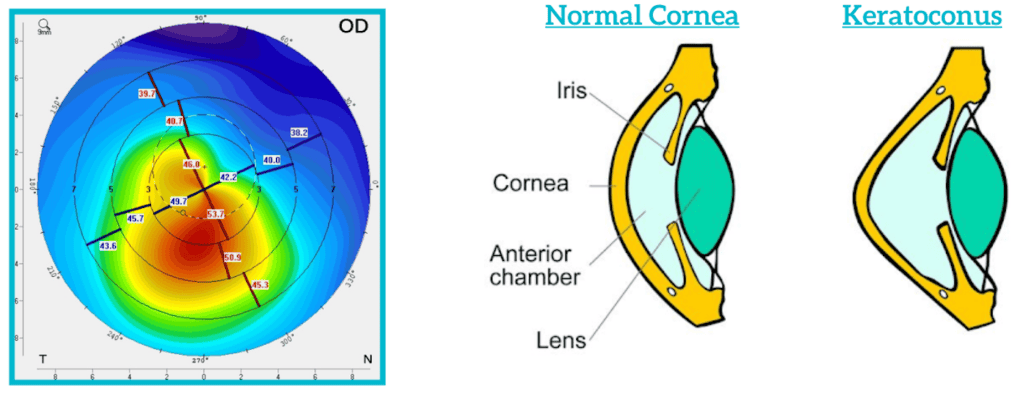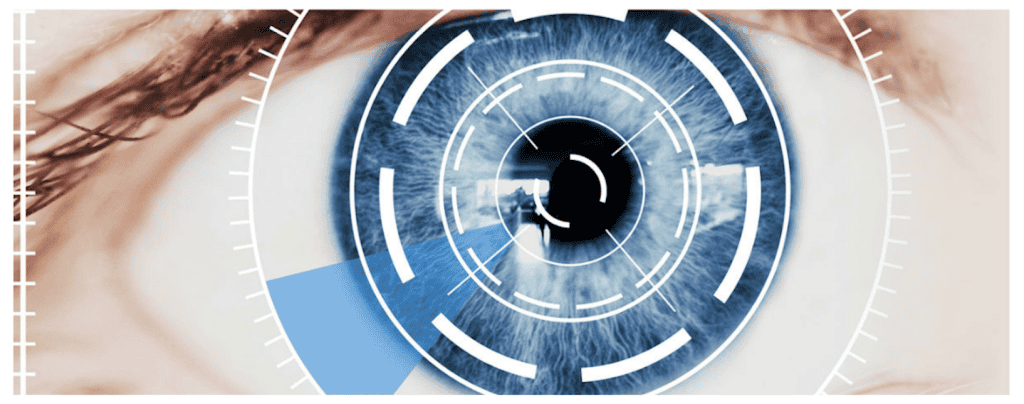What is keratoconus?
The cornea is the clear structure at the very front of your eye. It is in front of the iris (coloured part of the eye) and it focuses the light entering your eye. The cornea normally has an even, symmetrical shape, like half a soccer ball.
When someone develops keratoconus, the cornea becomes distorted and irregular in shape. This causes the vision to become blurred because the light isn’t focussed accurately in the eye. Keratoconus is an uncommon condition affecting about 1 in 250 people. Keratoconus usually affects both eyes but one eye may be much more affected than the other.

What is CAIRS?
Corneal Allogenic Ring Segments, or CAIRS, are tiny implants made of donated cornea that are placed into your cornea to treat keratoconus or other conditions causing abnormal corneal shape. They work by reshaping the cornea, flattening its curvature, and redistributing the corneal tissue across the surface of the eye. This helps to improve vision by reducing the irregular eye shape caused by keratoconus.
How is the procedure performed?
The procedure to implant CAIRS is typically performed under local anesthesia with sedation meaning you can return home the same day. During the surgery:
1. Your eye will be numbed with local anesthesia to ensure you don’t feel any discomfort
2. A laser will be used to cut some ‘channels’ into your cornea where the segments will be inserted
3. The CAIRS will be carefully inserted into the corneal tissue
4. The incision is usually be left to heal on its own but sometimes tiny sutures are required
The entire procedure usually takes around 30 minutes to an hour.
Benefits of CAIRS
Improved vision by reducing the irregular shape of the cornea.
Can delay or eliminate the need for more invasive procedures like corneal transplantation. Minimal downtime and rapid recovery compared to other surgical options. Allows subsequent procedures if required to further reduce the need for contact lenses or strong glasses.

Risks and Considerations
CAIRS is a relatively new procedure but fortunately the risks are less than similar surgical procedures and much less than traditional corneal transplantation. Like any surgical procedure, there are potential risks and complications, including infection, glare or halos around lights, overcorrection, undercorrection or loss of vision, need to remove or replace the segments and need for further procedures. Rejection of the donor cornea is very uncommon.
Conclusion
Corneal Allogenic Ring Segments (CAIRS) offer a promising treatment option for individuals suffering from moderate to severe keratoconus. By reshaping the cornea, CAIRS can improve vision and enhance the quality of life for patients with this condition. I look forward to helping your vision improve using CAIRS.
